In August, Ford Motor Company announced its Sustainable Workforce Initiative — a comprehensive plan that aims to further the automaker’s environmental sustainability efforts by ensuring the long-term health, efficiency, and productivity of Ford’s most important asset — its people. The focus is on keeping hourly employees healthy and safe throughout their careers with Ford, from their first day on the job through their retirement.
“Ford could not exist without all of our hard-working employees, so it’s important for us to do everything in our power to provide a safe and sustainable work environment,” said Jim Tetreault, vice president, Ford North America manufacturing. Speaking at the Center for Automotive Research Management Briefing Seminars, Tetreault added, “Through our Sustainable Workforce initiative, we’re taking a new, holistic approach to fostering growth and well-being amongst our workers, and making sure Ford is a great place to build a career over the long-term.”
The Sustainable Workforce Initiative Revolves around four main pillars: high-performance hiring, advanced training, protection and safety, and health and well-being for life.
High-Performance Hiring
When it comes to hourly positions, the ratio of job applicants to open positions is nearly 30 to 1, making the task of selecting the right candidates for hourly openings challenging. Ford’s goal is to narrow the field by allowing its human resources team to determine which candidates will likely be high performers based on a comprehensive screening that considers skills, abilities, and motivation.
“We look at what candidates can do as well as what they will do,” said Tetreault. “Factors associated with motivation – work ethic, conscientiousness and teamwork – are just as important in an effective employee as skills and abilities such as reading, arithmetic, defect spotting and manual assembly. Looking at candidates from both perspectives allows us to better select potential high performers who we want working with us.”
As such, Ford wants to fill a vacant position with someone who not only looks good on paper, but who will also be a good fit in the real world for the long haul.
Advanced Training
After deciding to hire the right candidate for the job, the next step is training — a crucial element in ensuring new hourly employees are well-equipped to work safely and efficiently.
Base operators receive several weeks of training, comprised of a combination of classroom, simulated factory and hands-on factory work, while semiskilled operators receive up to six months of training. Skilled trades training has grown to more than six months, or up to nine months prior to the launch of a model.
Ford’s “simulated factory training” process was developed at its Louisville Assembly Plant in Kentucky. It has grown to the Flat Rock Assembly Plant in Michigan as the plant made preparations to begin production of the Fusion sedan in the U.S.
“This training process – which provides workers with hands-on training in a real-world work environment – has been so successful that it is now considered a global standard and is being implemented in our plants worldwide,” said Tetreault.
Protection And Safety
In 1999, Ford overhauled its safety programs to create global safety standards. Employees must “stop, think and plan” before taking on any duty, whether that’s replacing a light bulb or performing a task on the assembly line.
“By having our employees analyze the task before any work begins, we are able to better prevent safety incidents in our facilities,” said Tetreault. “Overall injury rates have dropped to one-tenth of the levels of 1999, and our lost-time case rate is just a fraction of what it was in 2000.”
To identify ergonomic issues early and reduce the risk of chronic repetitive motion injuries, Ford conducts virtual ergonomic assessments in its virtual factory. Fixing issues before the production of physical parts begins plays a significant role in keeping employees safe in the workplace.
“Since implementation of our virtual factory, the number of ergonomic issues during physical builds has been greatly reduced,” said Tetreault. “So far in 2013, our days away and restricted time rate has fallen to less than one-sixth of where it was in 2001, and we continue to make progress
Health And Well-Being For Life
The final step in maintaining a sustainable workforce is ensuring employees’ long-term health. Part of accomplishing that involves improving the health care experience and outcome for hourly employees with the greatest needs. To that end, Ford recognizes that many of its hourly workers experience problems with asthma, diabetes, and other chronic medical conditions at higher rates than the U.S. population at large, which is why it, in conjunction with the UAW and UAW Trust, recently announced its Enhanced Care Program. The voluntary two-year pilot initiative uses a personalized care approach to assist eligible participants manage chronic health care needs and prevent future problems when possible.
“Our hourly worker population tends to be more high-risk, to have more chronic conditions like asthma and diabetes, and to use preventive services less often compared with the national average,” said Tetreault. “As health care spending continues to increase, Ford, the UAW and health care providers continue to work together to develop and promote programs that will maintain or improve employees’ health while reducing costs at the same time. We think the goal is imminently achievable.”
The Motrolix Take
Every now and again, it’s always healthy to take a step back and not forget the human aspect of the automotive industry: while Ford, for some, is all about its Kinetic Design language, being loyal to The Blue Oval in purchasing a car or truck, and bouts of fun on the street or at the track, the company is a place of employment for thousands of workers — hourly or salaried. These are real people — men and women who not only depend on The Blue Oval for their wages themselves, but their families as well.
It’s also healthy to note that when it comes to developing and then building the Ford vehicles we all know and love, it’s not always a matter of measuring costs associated with research, design, raw materials, parts, and labor. Several other factors have an affect on Ford as a business, and one of these is the cost of healthcare. To that end, Ford’s introduction of the Sustainable Workforce Initiative makes sense for two reasons: it allows the automaker to reduce healthcare-related costs by keeping its employees healthy (thus affecting the bottom line), and — in turn, healthy employees (probably) equate to happy employees.
And as Ford employees reap the obvious benefits, the initiative could also help in reducing the price of a Ford vehicle in the long term by way of reduced healthcare expenditures. To note, Ford hasn’t assigned any financial figures to the program, but Mr. Tetreault called attention to the fact that employees with chronic healthcare problems can cost the company ten times as much as healthy employees. Those with some of the most common chronic conditions like asthma, diabetes, and hypertension account for roughly 60 percent of all healthcare costs. It’s important to mention, however, that numerous studies have demonstrated that increasing access to preventative healthcare does little to decrease the cost of health plans, meaning that the likelihood of Ford seeing a reduction in spending associated with the price of health insurance due to preventive health efforts is low.
So while Ford might not reap any healthcare-related savings from preventative care, it will likely benefit from lower turnover rates as well as increased productivity and longevity of its workforce. And healthier employees that are satisfied with their jobs means that they will work more and need to be replaced less often, resulting in less time Ford needs to spend finding, screening, and training new hires.
Ultimately, the initiative isn’t likely to decrease the cost of your next Ford, but it could do so for models that will arrive in several vehicle generations from today. And if it doesn’t, then buyers can buy a Ford knowing that the company cares about its workers — the human element, as we like to call it.

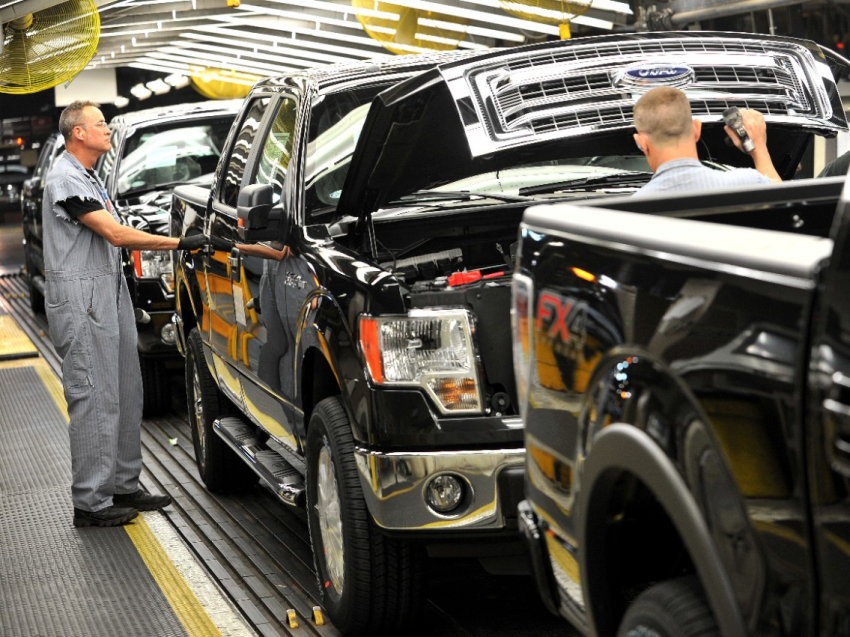
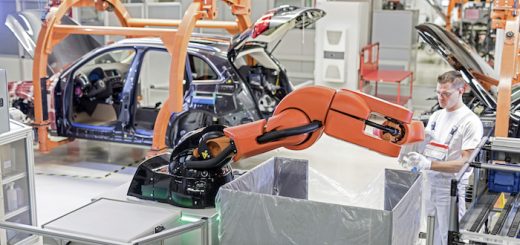
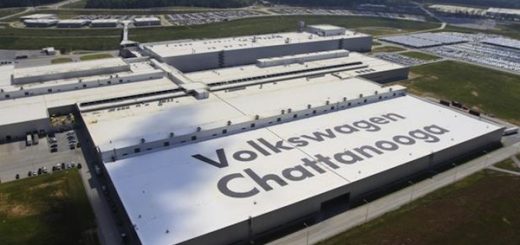
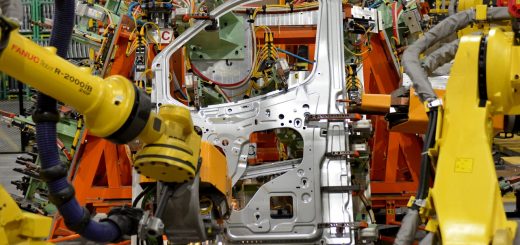
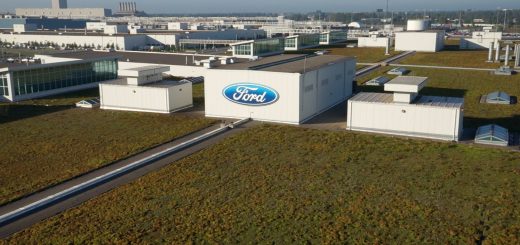
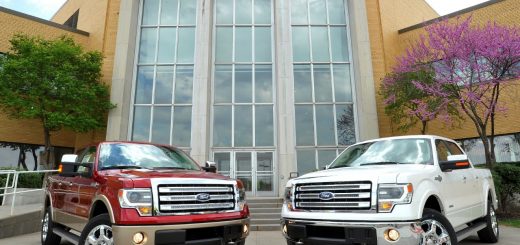







No Comments yet